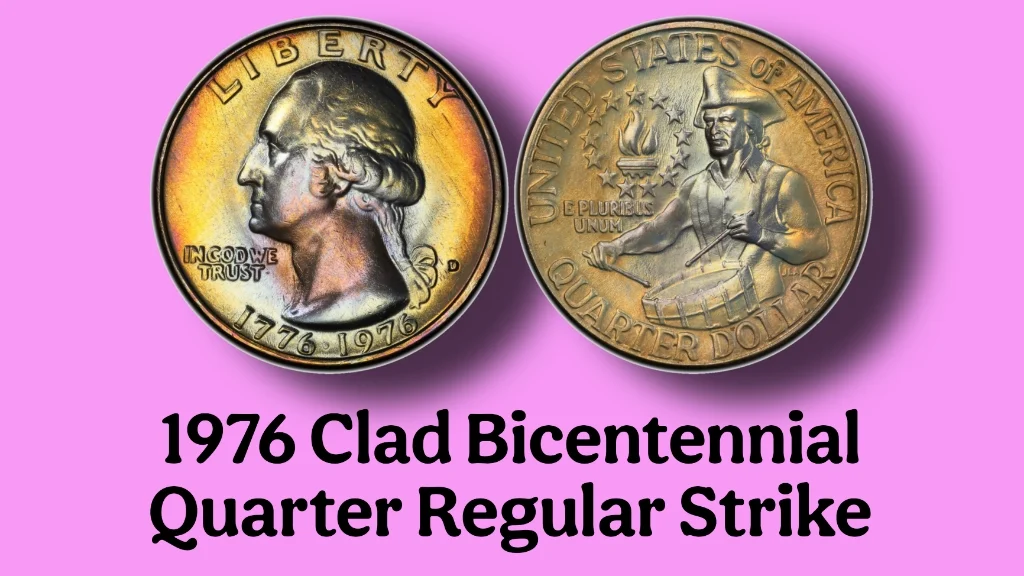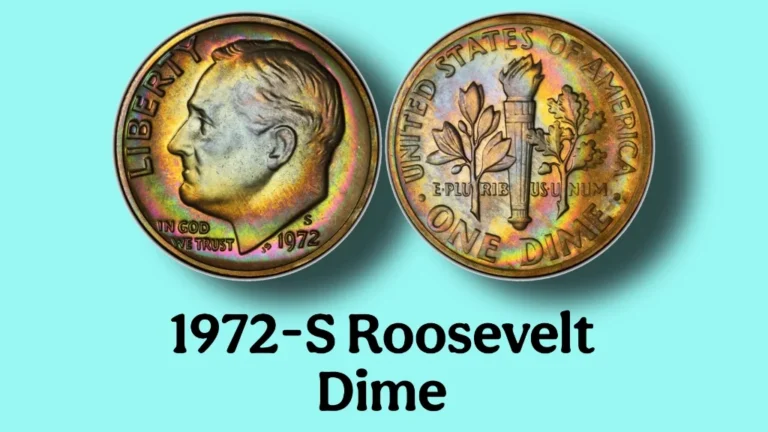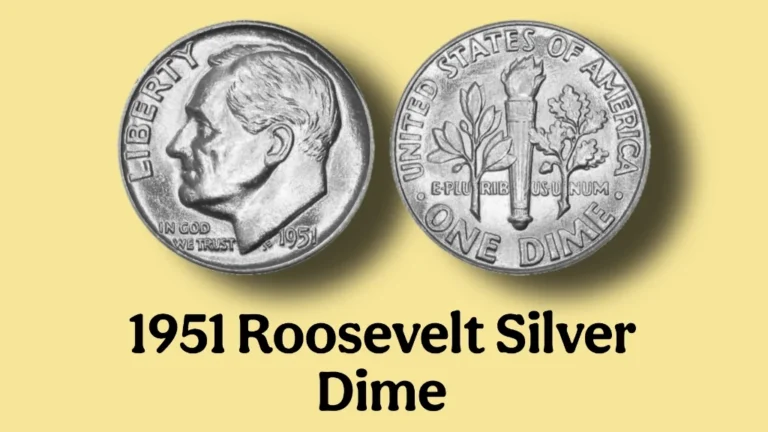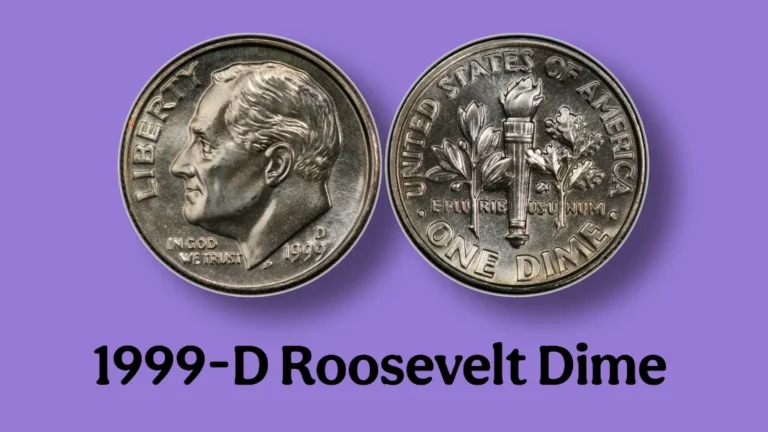The 1976 Clad Bicentennial Quarter, part of the United States’ special coinage issued to commemorate the 200th anniversary of the nation’s independence, remains one of the most iconic and widely recognized coins in American numismatic history.
Designed to celebrate the bicentennial of the Declaration of Independence, this quarter was struck in both regular and proof versions, with the clad composition being the standard for circulation. While it may not be rare by traditional standards, its historical significance, unique design, and nostalgic appeal make it a must-have for collectors and history enthusiasts alike.
Let’s explore what makes the 1976 Clad Bicentennial Quarter stand out.
Why the 1976 Clad Bicentennial Quarter is Special
The 1976 Bicentennial Quarter was part of a three-coin series (quarter, half dollar, and dollar) minted to honor America’s 200th birthday. Here’s what sets the clad regular strike version apart:
- Dual Dating:
Unlike most U.S. coins, which feature a single year of issue, the Bicentennial Quarter is dual-dated “1776–1976.” This distinctive feature symbolizes the span of American independence and is instantly recognizable. - Unique Reverse Design:
The reverse side features a colonial drummer boy designed by Jack L. Ahr, surrounded by 13 stars representing the original colonies. This patriotic design replaced the standard eagle motif used on Washington quarters from 1932 to 1998. - Clad Composition:
Made of a copper-nickel alloy (75% copper, 25% nickel), the clad version was intended for general circulation. Its durability and widespread use made it accessible to millions of Americans during the bicentennial celebrations. - Massive Mintage:
With over 800 million clad quarters struck across the Philadelphia, Denver, and San Francisco Mints, the 1976 Bicentennial Quarter is one of the most abundant commemorative coins ever produced. Despite its high mintage, its historical importance ensures its enduring popularity.
Also read – 1972-S Roosevelt Dime: What Makes This Proof Coin Stand Out?
1976 Clad Bicentennial Quarter
To better understand the attributes of the 1976 Clad Bicentennial Quarter, here’s a simple chart summarizing its key details:
| Attribute | Details |
|---|---|
| Year | 1976 (Dual Dated: 1776–1976) |
| Mint Marks | None (Philadelphia), D (Denver), S (San Francisco) |
| Type | Regular Strike (Circulation) |
| Mintage | ~800 million (across all mints) |
| Material | 75% copper, 25% nickel |
| Weight | 5.67 grams |
| Diameter | 24.26 mm |
| Edge | Reeded |
| Obverse Design | Portrait of George Washington |
| Reverse Design | Colonial drummer boy with 13 stars |
| Special Notes | Dual dating; commemorative design |
What Makes the 1976 Clad Quarter Collectible?
While the 1976 Clad Bicentennial Quarter is not considered rare due to its massive mintage, several factors contribute to its appeal:
- Historical Significance:
As part of the bicentennial celebration, this coin represents a pivotal moment in American history. It serves as a tangible reminder of the nation’s journey from its founding to its 200th anniversary. - Distinctive Design:
The colonial drummer boy design is unique to the bicentennial series and stands out compared to the standard eagle reverse. Its artistic flair and patriotic symbolism make it a favorite among collectors. - Variety Across Mint Marks:
Collectors often seek out examples from all three mints (Philadelphia, Denver, and San Francisco). The “S” mintmark is particularly desirable, as these coins were typically reserved for proof sets. - Condition Matters:
While circulated clad quarters are common, high-grade uncirculated examples can command a modest premium. Coins graded MS-65 or higher by reputable services like PCGS or NGC may fetch $5–$10, depending on demand.
Collecting Tips for the 1976 Clad Bicentennial Quarter
If you’re considering adding the 1976 Clad Bicentennial Quarter to your collection, here are some tips to enhance its value and appeal:
- Look for High-Grade Examples:
Focus on finding coins in pristine condition, free from scratches, wear, or toning. Uncirculated examples with strong luster are more desirable. - Complete the Set:
Collect all three mint marks (P, D, and S) to create a complete bicentennial quarter set. Including both clad and silver proof versions adds depth to your collection. - Preserve Its Condition:
Store the coin in protective holders or sleeves to prevent damage. Avoid handling it with bare hands to maintain its original appearance. - Pair with Other Bicentennial Coins:
Consider collecting the entire bicentennial series, including the half dollar and dollar coins, to create a cohesive and historically significant collection.
Also read – 1951 Roosevelt Dime: Is This Silver Classic Worth More Than You Think?
Conclusion
The 1976 Clad Bicentennial Quarter may not be the rarest or most valuable coin, but its historical importance, unique design, and widespread availability make it a cherished piece of American numismatic history. Whether you’re a seasoned collector or just starting, this coin offers an affordable and meaningful way to celebrate the spirit of the United States’ bicentennial.
So, the next time you find a 1976 Clad Bicentennial Quarter in your pocket change, take a moment to appreciate its story. It’s more than just a quarter—it’s a piece of history that connects us to the legacy of our nation’s independence.




